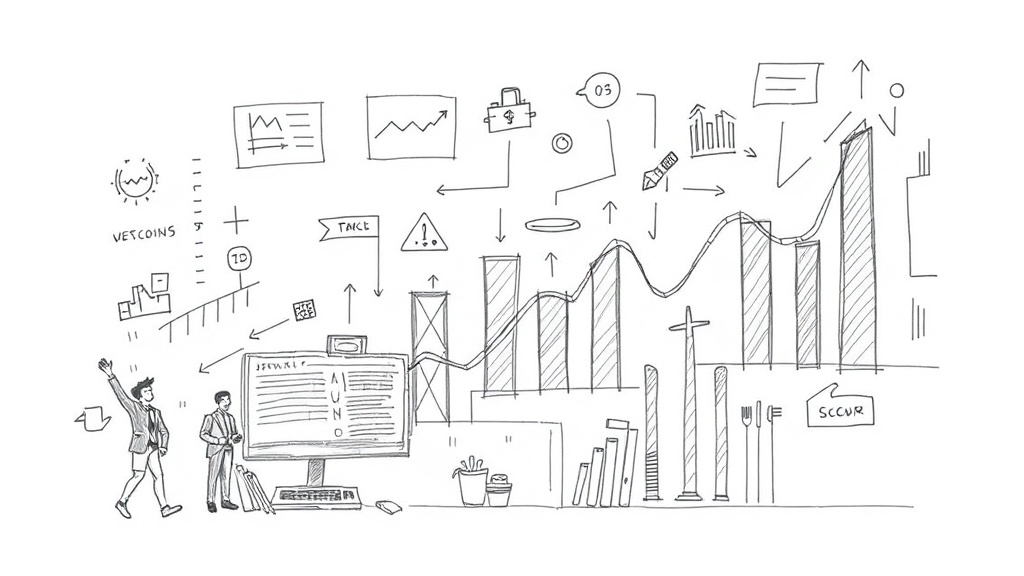Strategic agility: Balancing long-term vision with rapid experimentation
Companies face pressure to stay relevant while protecting core revenue. Strategic agility—combining a clear long-term vision with a disciplined approach to rapid experimentation—helps businesses navigate uncertainty without sacrificing focus.
Why strategic agility matters
Markets shift quickly. Customer preferences, regulatory landscapes, and technology evolve across industries. A purely long-term play risks being too slow to seize new opportunities. Conversely, constant short-term pivots fragment resources and dilute brand promise. Strategic agility aligns a company’s enduring goals with a repeatable process for testing new ideas, so the best innovations scale while weak bets are retired fast.
Core elements of an agile strategy
– Clear north star: Define a concise mission and a few strategic objectives that guide decision-making.
These act as guardrails so experiments align with long-term value creation.
– Experimentation portfolio: Treat innovation like an investment portfolio.
Maintain a mix of incremental improvements, adjacent bets, and bold, transformative experiments. Allocate resources accordingly and accept that some failures are expected.
– Fast feedback loops: Design experiments to validate hypotheses quickly and cheaply. Use minimum viable products, pilot programs, and A/B testing to gather real customer data rather than relying solely on opinions or forecasts.
– Cross-functional squads: Create small, empowered teams that combine product, design, engineering, marketing, and data expertise. Reducing handoffs accelerates iteration and improves decision quality.
– Metrics and learning: Measure outcomes with both leading indicators (activation, engagement) and meaningful business metrics (retention, lifetime value). Capture learnings in a central repository so insights inform other teams.
Governance that supports speed and discipline
Effective governance balances fast decision-making with risk control. Set clear thresholds for escalating investments: small bets can be approved locally, while larger commitments require staged reviews. Use lightweight steering committees that meet regularly to reallocate capital based on recent evidence rather than historical attachment to projects.
Cultural enablers

– Psychological safety: Encourage experimentation by celebrating intelligent failures and documenting what was learned.
– Reward learning: Incentivize teams for validated learning, not just short-term wins. Recognize repeatable processes that lead to better outcomes over time.
– Transparent prioritization: Communicate how priorities are set so teams understand why some experiments advance and others pause.
Practical steps to get started
1.
Audit current initiatives to identify where resources are overcommitted to legacy efforts versus growth experiments.
2. Define a three-tier portfolio (core, adjacent, transformational) and set target allocations.
3.
Launch a pilot squad to run rapid experiments on a high-impact question, with clear success criteria and a short timeline.
4. Implement a dashboard to track progress and learnings across experiments.
5.
Review and adjust governance and funding cadence based on pilot outcomes.
Strategic agility is not a one-off project; it’s an operating model that scales innovation while protecting the business’s core. Organizations that master the tension between steady ambition and empirical testing position themselves to capture new growth sustainably, even as markets continue to change.








